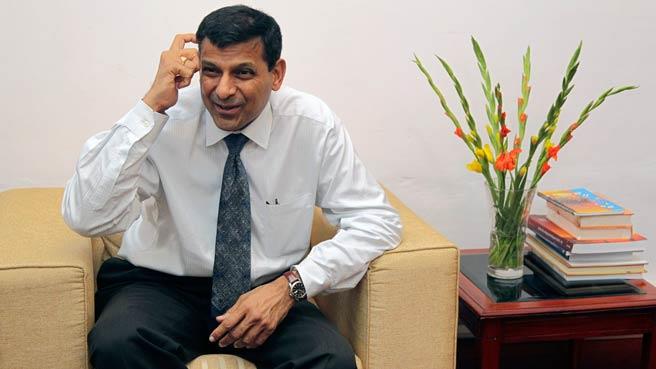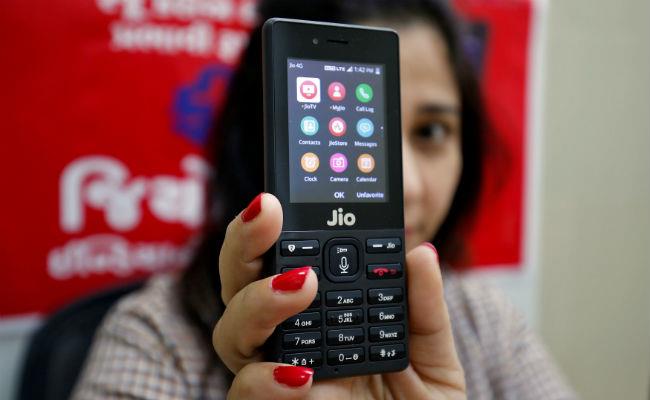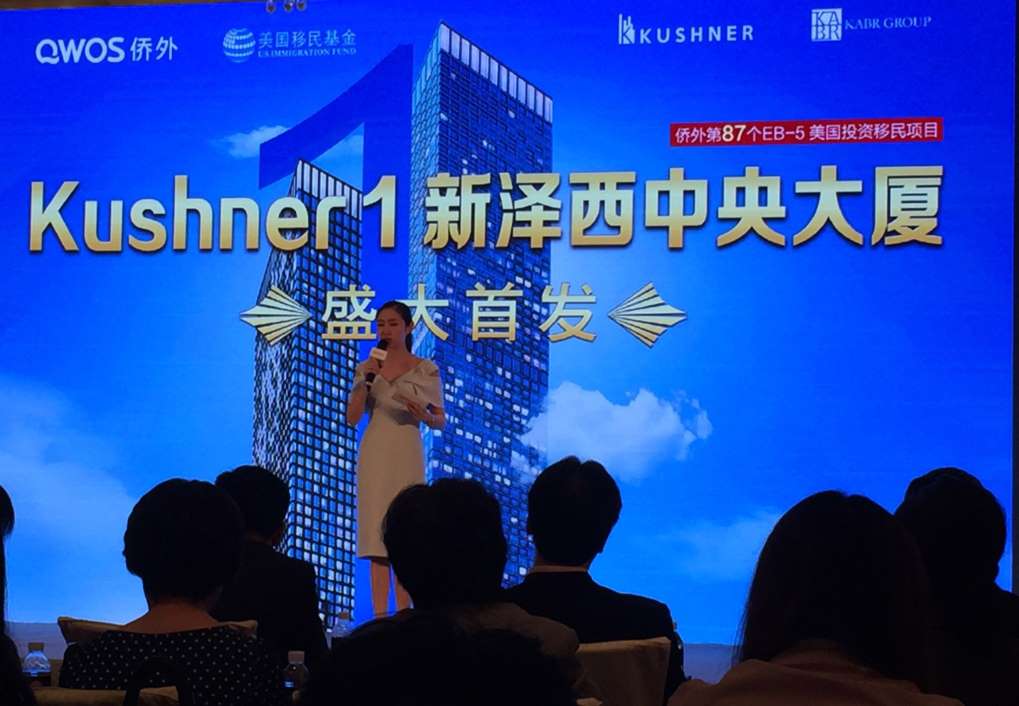February 1, 2016
Reserve Bank of India Governor Raghuram Rajan on Friday said "dosa economics" shows how inflation can be a silent killer.

Dr. Rajan used the example of a pensioner buying a dosa to explain how he can have more dosas today despite earning lower interest on his savings in bank deposits, as long as inflation stays low.
February 1, 2016
Reserve Bank of India Governor Raghuram Rajan on Friday said "dosa economics" shows how inflation can be a silent killer.

Dr. Rajan used the example of a pensioner buying a dosa to explain how he can have more dosas today despite earning lower interest on his savings in bank deposits, as long as inflation stays low.
The RBI governor said he often gets letters from retired people: "The typical letter I get goes – 'I used to get 10% earlier on a one-year fixed deposit, now I barely get 8%, please tell banks to pay me more else I won't be able to make ends meet.'"
However, he said, the retired person is getting more for his buck today. He does not realize that "because he is focusing only on the nominal interest he gets and not on the underlying inflation which has come down even more sharply, from about 10 per cent to 5.5 per cent."
And so, "dosa economics." Here is how Dr. Rajan explained his point:
"Say the pensioner wants to buy dosas and at the beginning of the period, they cost Rs 50 per dosa. Let us say he has savings of Rs 1,00,000. He could buy 2,000 dosas with the money today, but he wants more by investing.
At 10 per cent interest, he gets Rs 10,000 after one year plus his principal. With dosas having gone up by 10 per cent to Rs 55, he can buy 182 dosas approximately with the Rs 10,000 interest.
At 8 per cent interest, he gets Rs 8,000. With dosas having gone up by 5.5 per cent, each dosa costs Rs 52.75, so he can now buy only 152 dosas approximately. So the pensioner seems vindicated: with lower interest payments, he can now buy less.
But wait a minute. Remember, he gets his principal back also and that too has to be adjusted for inflation. In the high inflation period, it was worth 1,818 dosas, in the low inflation period, it is worth 1,896 dosas. So in the high inflation period, principal plus interest are worth 2,000 dosas together, while in the low inflation period it is worth 2,048 dosas. He is about 2.5 per cent better off in the low inflation period in terms of dosas".
Dr. Rajan, who was delivering the C.D. Deshmukh lecture at National Council of Applied Economic Research (NCAER) in New Delhi, reiterated the central bank's commitment to fighting inflation, saying macroeconomic stability relies immensely on policy credibility.
Dr. Rajan, who took charge at the RBI in September 2013, had initially raised rates aggressively to bring down inflation which was at double digits. This helped inflation to come down to the current levels of 5.6 per cent.
"The fall in inflation is the joint work of the government and the RBI, aided to some extent by the fall in international commodity prices. This is no mean achievement given two successive droughts that would have, in the past, pushed inflation into double digits," Dr. Rajan said.
Courtesy: NDTV











































































































